BMW X5 vs SsangYong Korando – Performance, range & efficiency compared
Two cars, one duel: BMW X5 meets SsangYong Korando.
Which one wins in performance, efficiency and value for money? Find out now!
Costs and Efficiency: Price and efficiency are key factors when choosing a car – and this is often where the real differences emerge.
SsangYong Korando has a decisively advantage in terms of price – it starts at 27000 £, while the BMW X5 costs 77100 £. That’s a price difference of around 50066 £.
Fuel consumption also shows a difference: BMW X5 manages with 0.80 L and is therefore clearly more efficient than the SsangYong Korando with 7.50 L. The difference is about 6.70 L per 100 km.
As for range, the SsangYong Korando performs convincingly better – achieving up to 339 km, about 234 km more than the BMW X5.
Engine and Performance: Under the bonnet, it becomes clear which model is tuned for sportiness and which one takes the lead when you hit the accelerator.
When it comes to engine power, the BMW X5 has a convincingly edge – offering 625 HP compared to 190 HP. That’s roughly 435 HP more horsepower.
In acceleration from 0 to 100 km/h, the BMW X5 is significantly quicker – completing the sprint in 3.90 s, while the SsangYong Korando takes 8.40 s. That’s about 4.50 s faster.
In terms of top speed, the BMW X5 performs distinct better – reaching 250 km/h, while the SsangYong Korando tops out at 191 km/h. The difference is around 59 km/h.
There’s also a difference in torque: BMW X5 pulls clearly stronger with 750 Nm compared to 360 Nm. That’s about 390 Nm difference.
Space and Everyday Use: Whether family car or daily driver – which one offers more room, flexibility and comfort?
Both vehicles offer seating for 5 people.
In curb weight, SsangYong Korando is significantly lighter – 1517 kg compared to 2240 kg. The difference is around 723 kg.
In terms of boot space, the BMW X5 offers to a small extent more room – 650 L compared to 551 L. That’s a difference of about 99 L.
In maximum load capacity, the BMW X5 performs distinct better – up to 1870 L, which is about 622 L more than the SsangYong Korando.
When it comes to payload, BMW X5 evident takes the win – 705 kg compared to 463 kg. That’s a difference of about 242 kg.
Who wins the race?
The BMW X5 proves to be dominates this comparison and therefore becomes our DriveDuel Champion!
BMW X5 is the better all-rounder in this comparison.
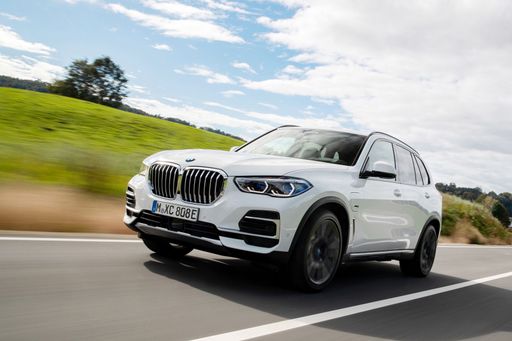
BMW X5
BMW X5
The BMW X5 embodies a perfect blend of luxury and performance, offering a driving experience that is both dynamic and comfortable. Its elegant design is complemented by a spacious, high-quality interior that prioritises driver and passenger comfort. Advanced technology features ensure that the X5 meets the demands of modern drivers, providing both entertainment and safety on the road.
details @ press.bmwgroup.com
@ press.bmwgroup.com
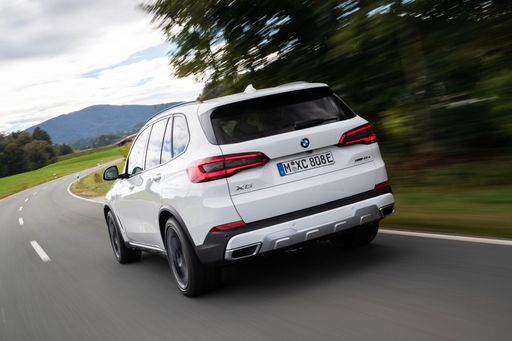 @ press.bmwgroup.com
@ press.bmwgroup.com
 @ press.bmwgroup.com
@ press.bmwgroup.com
 @ press.bmwgroup.com
@ press.bmwgroup.com
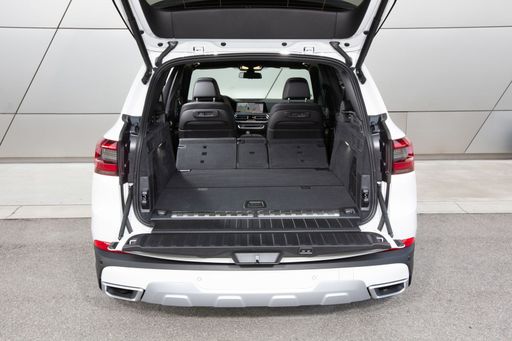 @ press.bmwgroup.com
@ press.bmwgroup.com
SsangYong Korando
The SsangYong Korando offers a blend of contemporary design and practicality, making it an appealing choice for urban adventurers. Its spacious interior and comfortable seating ensure a pleasant driving experience for both driver and passengers. With its reliable performance and advanced features, the Korando stands out in the competitive SUV market.
details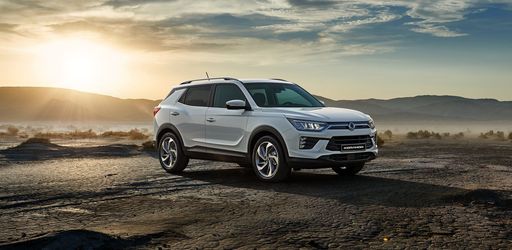 @ Ssangyong
@ Ssangyong
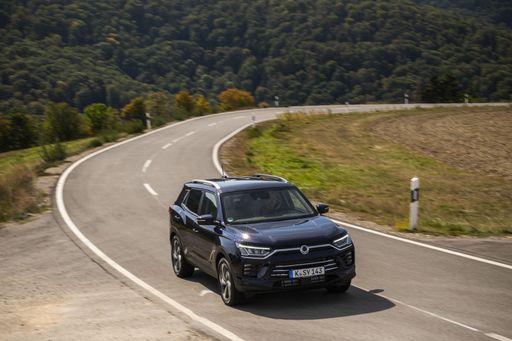 @ Ssangyong
@ Ssangyong
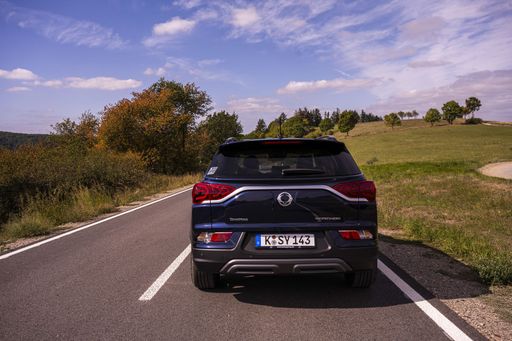 @ Ssangyong
@ Ssangyong
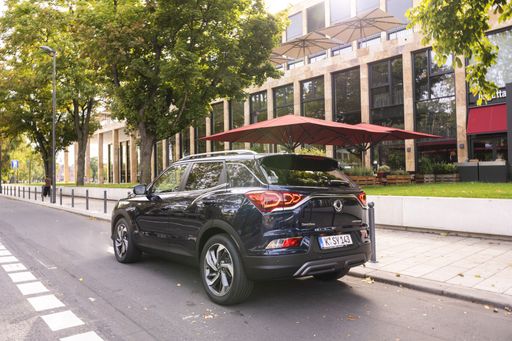 @ Ssangyong
@ Ssangyong
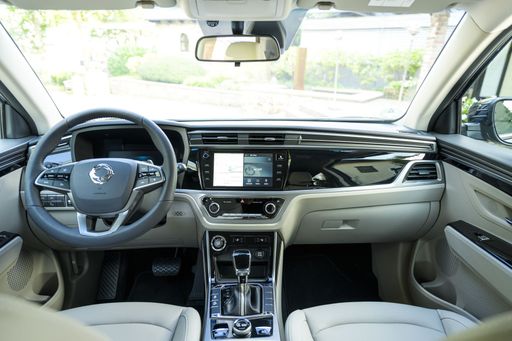 @ Ssangyong
@ Ssangyong

|

|
|
|
|
Costs and Consumption |
|
|---|---|
|
Price
77100 - 143500 £
|
Price
27000 - 42000 £
|
|
Consumption L/100km
0.8 - 12.8 L
|
Consumption L/100km
7.5 - 8.6 L
|
|
Consumption kWh/100km
-
|
Consumption kWh/100km
16.80 kWh
|
|
Electric Range
105 km
|
Electric Range
339 km
|
|
Battery Capacity
25.70 kWh
|
Battery Capacity
-
|
|
co2
19 - 289 g/km
|
co2
0 - 197 g/km
|
|
Fuel tank capacity
69 - 83 L
|
Fuel tank capacity
50 L
|
Dimensions and Body |
|
|---|---|
|
Body Type
SUV
|
Body Type
SUV
|
|
Seats
5
|
Seats
5
|
|
Doors
5
|
Doors
5
|
|
Curb weight
2240 - 2495 kg
|
Curb weight
1517 - 1840 kg
|
|
Trunk capacity
500 - 650 L
|
Trunk capacity
551 L
|
|
Length
4935 - 4948 mm
|
Length
4450 - 4465 mm
|
|
Width
2004 - 2015 mm
|
Width
1870 mm
|
|
Height
1755 - 1765 mm
|
Height
1620 - 1645 mm
|
|
Max trunk capacity
1720 - 1870 L
|
Max trunk capacity
1248 L
|
|
Payload
565 - 705 kg
|
Payload
410 - 463 kg
|
Engine and Performance |
|
|---|---|
|
Engine Type
Plugin Hybrid, Petrol MHEV, Diesel MHEV
|
Engine Type
Petrol, Electric
|
|
Transmission
Automatic
|
Transmission
Manuel, Automatic
|
|
Transmission Detail
Automatic Gearbox
|
Transmission Detail
Manual Gearbox, Automatic Gearbox, Reduction Gearbox
|
|
Drive Type
All-Wheel Drive
|
Drive Type
Front-Wheel Drive, All-Wheel Drive
|
|
Power HP
298 - 625 HP
|
Power HP
163 - 190 HP
|
|
Acceleration 0-100km/h
3.9 - 6.1 s
|
Acceleration 0-100km/h
8.40 s
|
|
Max Speed
233 - 250 km/h
|
Max Speed
156 - 191 km/h
|
|
Torque
540 - 750 Nm
|
Torque
260 - 360 Nm
|
|
Number of Cylinders
6 - 8
|
Number of Cylinders
4
|
|
Power kW
219 - 460 kW
|
Power kW
120 - 140 kW
|
|
Engine capacity
2993 - 4395 cm3
|
Engine capacity
1497 cm3
|
General |
|
|---|---|
|
Model Year
2023 - 2025
|
Model Year
2021 - 2023
|
|
CO2 Efficiency Class
B, G
|
CO2 Efficiency Class
F, G, A
|
|
Brand
BMW
|
Brand
SsangYong
|
Is the BMW X5 offered with different drivetrains?
The BMW X5 is available as All-Wheel Drive.
The prices and data displayed are estimates based on German list prices and may vary by country. This information is not legally binding.
